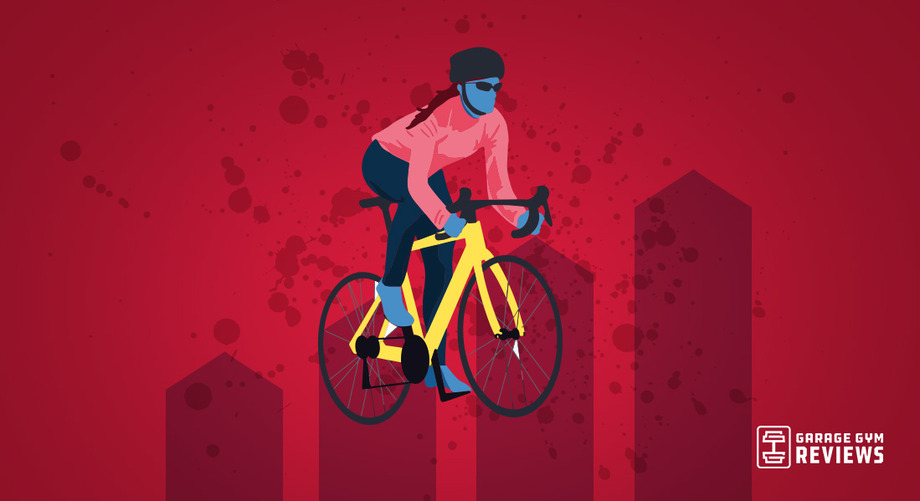Ditch the gym membership and lace up your shoes! Walking for weight loss offers a simple, low-impact, and inexpensive way to jumpstart your health and activity levels. You might have overlooked walking in favor of flashy, trendy workouts that involve dangling from a ceiling, but don’t underestimate the power of putting one foot in front of the other. It’s generally safe and doable for exercise beginners, those with chronic illnesses, and people with a significant amount of weight to lose.
RELATED: Cardio Exercises for Beginners
Daily walking can help you reach the recommended 150 minutes of moderate-intensity exercise per week recommended by the U.S. Department of Health and Human Services1. Combine a consistent walking routine with a healthy diet of fresh fruits, vegetables, and lean protein, and you can step ever closer to your weight-loss goals.
The Benefits of Walking for Weight Loss
Fitness fads often outshine walking, but a walking routine comes with heart-rate-raising benefits you shouldn’t ignore. You also get the benefit of adapting walks to your fitness level, location, weight-loss goals, and available time while reaping a solid list of benefits.
Cardiovascular Health
Poor aerobic fitness and high blood pressure can contribute to many heart-related diseases. A 2015 review2 published in Preventative Medicine found that walking can improve aerobic fitness by up to 10.5% while improving systolic and diastolic blood pressure. However, consistency was the key for study participants. A moderate-intensity walk once a week probably isn’t enough. You’ll need to make a little time most (but not all) days of the week.
Mental Health Refresh
There’s a growing body of evidence that walking can improve mental wellbeing. A 2021 review3 published in the International Journal of Environmental Research and Public Health suggests that even short-term aerobic exercise can prevent cognitive decline, improve memory, reduce anxiety, and help manage symptoms of ADHD. You don’t need to walk for hours on end to see those mental health perks. Regular, short intervals of walking can help your mind and body.
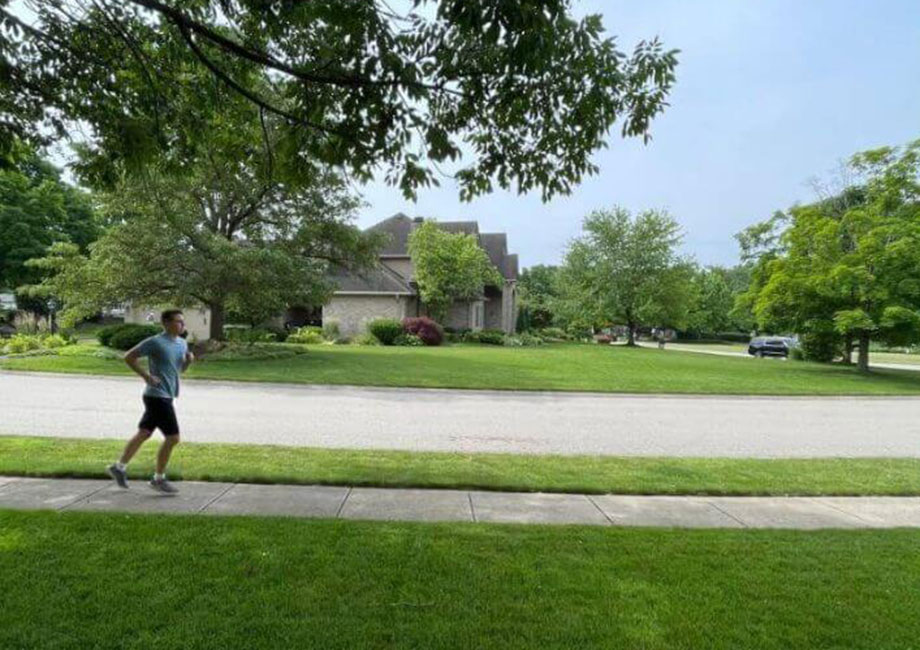
Additionally, an older 2012 review4 published in Mental Health and Physical Activity explored over 14,000 articles, finding links between walking and reduced depressive symptoms. Those who regularly exercise, including walking, experience fewer and/or less-severe depressive symptoms.
Ease of Accessibility
Walking requires little more than stepping out the front door. In a 2017 12-week controlled trial5 published in The Journal of Nutrition, participants who walked and ate an energy-restricted diet lost weight and had reduced body-fat percentages. Burn the fat and lose the weight by walking around your neighborhood, local park, or the mall. You can walk on a walking pad or treadmill in your bedroom, garage, or at a local gym.
Improve Insulin Sensitivity and Blood Sugar Levels
A 2012 study6 and a 2016 study7 published in Diabetes Care found that even short periods of light- to medium-intensity walking can improve insulin sensitivity and reduce blood-sugar levels. Those benefits can keep you healthy now and in the future, whether you have diabetes or not. Again, you don’t have to take one- or two-hour walks to see health benefits. Sneak in short spurts of walking by parking farther from the grocery store entrance or taking the stairs instead of the elevator. The important thing is to get your feet moving.
Helps Manage Stress
Stress management and walking go hand in hand. However, the research into walking and stress has focused on walking in specific environments, primarily walking outdoors. A 2017 study published in the Journal of Environmental Psychology8 found that employees who took park walks on their lunch breaks showed lower tension levels.
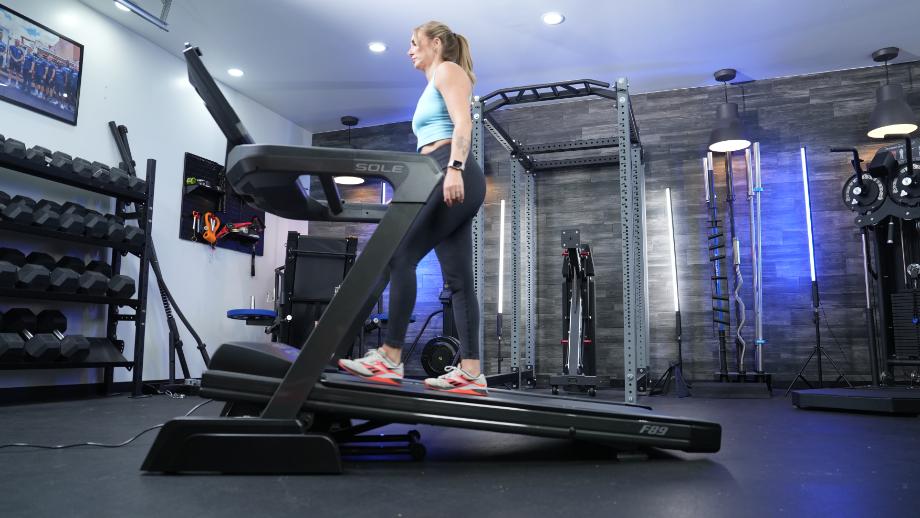
Similarly, participants in a 2017 study published in the International Journal of Environmental Research and Public Health9 experienced improved relaxation levels with regular walking. Walk for weight loss, but also walk to manage the stress that’s a part of daily life.
How To Get Started Walking for Weight Loss
All you really need to get started is a pair of the best walking shoes and a safe place to walk, but creating a consistent habit requires a planned approach. Based on the Department of Health’s recommendations, the goal is 150 minutes of moderate-intensity exercise (in this case, walking) per week. Be honest with yourself about your current level of fitness and weight-loss goals. It might take time to build up to that level of activity.
You can divide 150 minutes per week in any number of ways. However, five 30-minute walks per week is a simple beginning strategy. But keep an eye on intensity. According to the Centers for Disease Control10, at a moderate intensity, you can walk but not sing while exercising.
You might not be able to walk 30 minutes at that walking pace at first. Gradually work your way up to 30-minute workout sessions. If moderate intensity is too much, do 10 to 15 minutes at a low-intensity pace and increase your walking speed in one- or two-minute intervals by walking at a low intensity for two minutes followed by one minute at moderate intensity and repeat for the duration of your walk. Then, add another three to five minutes to your weekly walks per week until you’re at 30 minutes.
Of course, if you’re already at 30 minutes, you can take longer walks or increase the intensity to up your calorie burn. You can increase intensity by walking faster, exaggerating the swinging of your arms (power walking), walking uphill, or adding weight by wearing a weighted vest or wrist or ankle weights. You can even load a backpack with a weighted blanket if you don’t have a weighted vest available.
RELATED: DIY Weight Vest
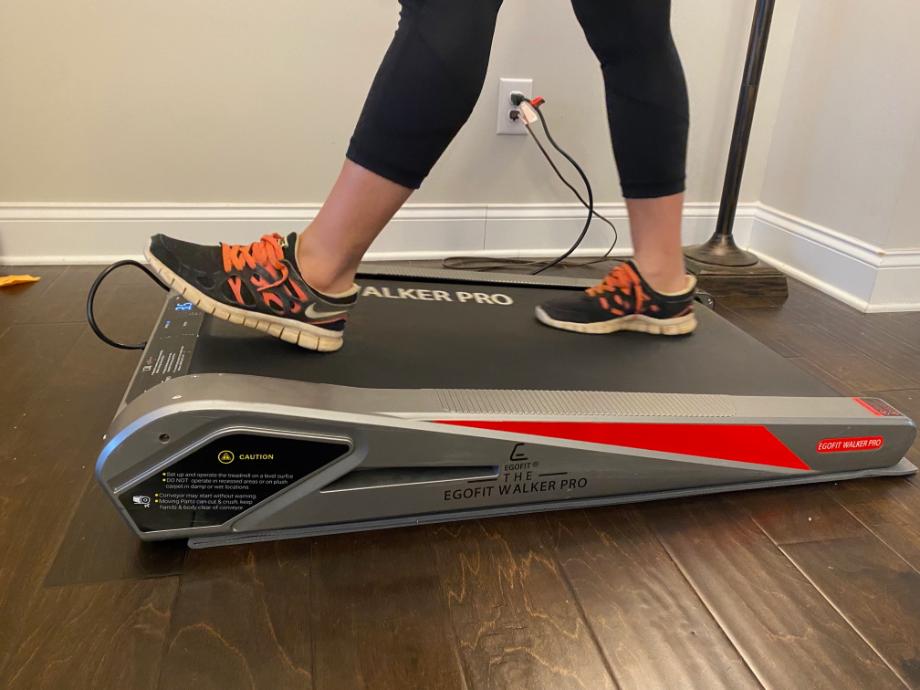
If you’re making walking a long-term part of your weight management, consider the state of your fitness gear, and don’t ignore safety during your walking workouts. Here are a few gear, health, and motivation tips to get started:
- Supportive walking shoes: A shoe’s life is generally measured by the number of miles you’ve walked in them. If you’ve put more than 300 miles11 on your walking shoes, you probably need new ones. The support materials in the shoe can break down even if the shoes look like they’re in good condition.
RELATED: How Long Do Running Shoes Last?
- Weather-appropriate clothing: Moisture-wicking fabrics are appropriate for all weather to prevent chafing and overheating. In the cooler weather, add a hat and windbreaker or coat. In the summer, opt for shorts, tank tops, and other clothing that let heat escape from the body. Also, look for reflective running gear if you’ll be walking near roads or locations with motorized vehicles.
- Protect your skin: Wear sunscreen year-round for UV protection. A hat in the summer can protect your eyes from the sun and soak up perspiration so it doesn’t get in your eyes. If you’re prone to chafing, apply a chafing stick to areas of high friction.
- Hydration: Sip a water bottle while you walk, especially in warm weather.
- Fitness tracker/pedometer: You absolutely don’t need a pedometer or fitness tracker to start a walking routine. But, if you need extra motivation, either device can provide added incentive. They may sync with walking apps that offer walking challenges, groups, and other social incentives to take more steps.
- Get social or entertained: Find a walking buddy (human or furry), listen to podcasts, or create a playlist to keep you stepping in time.
How Much Should You Walk to Lose Weight?
There’s not a one-size-fits-all approach to walking for weight loss. Here’s something to consider: Weight loss12 requires burning more calories than you’re eating. A moderate goal of burning an extra 200 to 300 calories per day with physical activity (walking) is a good starting point. However, the amount of calories you burn while walking will depend on your height, weight, age, sex, and existing medical conditions.
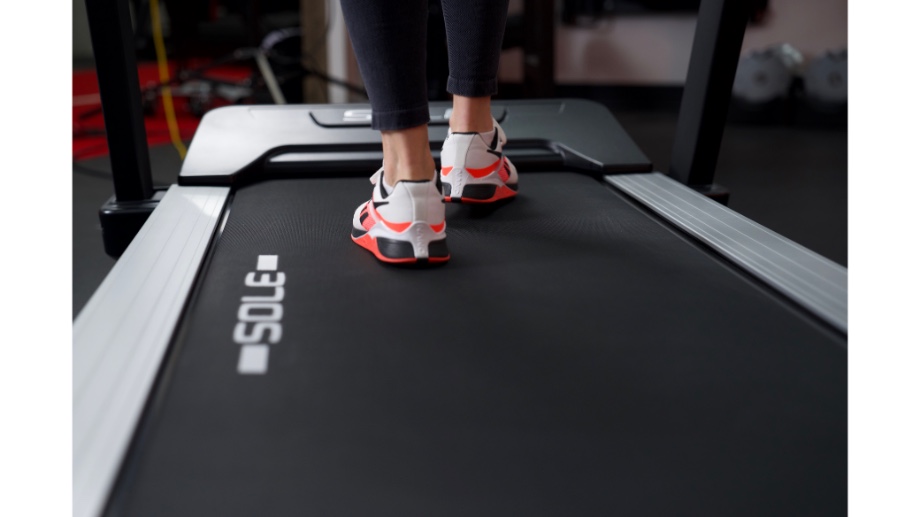
Combine a regular walking schedule with a healthy eating plan. For many people, a 500- to 750-calorie deficit per day can create a one- to two-pound weight loss per week, which is a safe, moderate goal. You can reach that calorie deficit through a combination of walking and eating sensibly.
Walking for Weight Loss: Final Thoughts
Lace up your shoes, head outside, and invite a friend to come along if you’re so inclined. You don’t need a pricey gym membership or an expensive treadmill to move your feet. What you do need is a pair of supportive shoes and a consistent routine. Here are a few considerations to keep in mind:
- Walking can improve cardiovascular health, mental health, blood sugar levels, and stress management.
- Walking is easily accessible and inexpensive.
- You can increase the intensity of the walking workout by increasing speed, duration, weight, or incline (by finding a hilly area).
- Use walking regularly alongside a healthy eating plan to meet weight-loss goals.
Walking For Weight Loss: FAQs
How much should I walk a day to lose weight?
How much you should walk per day to lose weight depends on your weight, gender, age, current activity level, and calorie intake. But a good overall goal is walking 30 minutes at a moderate intensity, five days per week with the goal of burning 200 to 300 calories while walking.
Can you lose belly fat by walking?
You can’t spot-treat fat loss. However, you can burn fat by walking, which will help you lose fat all over your body, including your belly. Walking and eating to stay in a calorie deficit will encourage your body to use fat stores.
Can I get in shape just by walking?
That depends on what you mean by “in shape.” If you mean to improve mental and physical health, then yes, walking can help you get in shape. You won’t be a bodybuilder, but you’ll be a fit person who can participate in your desired daily activities.
What is a hot girl walk?
A “hot girl walk” is a walking exercise trend that started in 2020. The premise is to use a walk to take time for yourself and think about gratitude, goals, how to reach those goals, and your hotness. It encourages daily exercise through walking and being in the present moment. If it helps you stick to your walking routine, by all means, develop your hot girl (or guy) walk.
References
- The Physical Activity Guidelines for Americans. Current guidelines. (n.d.). https://health.gov/our-work/nutrition-physical-activity/physical-activity-guidelines/current-guidelines
- Murtagh, et al. (2015). The effect of walking on risk factors for cardiovascular disease: An updated systematic review and meta-analysis of randomized control trials. Preventative Medicine, 27, 34-43. https://doi.org/10.1016/j.ypmed.2014.12.041
- Caponnetto, et al. (2021). The effects of physical exercise on mental health: From cognitive improvements to risk addiction. The International Journal of Environmental Research and Public Health, 18(24), 13384. https://doi.org/10.3390/ijerph182413384
- Robertson, et al. (2012). Walking for depression or depressive symptoms: A systematic review and meta-analysis. Mental Health and Physical Activity, 5(1), 66-75. https://doi.org/10.1016/j.mhpa.2012.03.002
- Chee, et al. (2016). Effects of brisk walking and resistance training on cardiorespiratory fitness, body composition, and lipid profiles among overweight and obese individuals. Journal of Physical Education and Sport, 16(3), 957-963. DOI:10.7752/jpes.2016.03151
- Dunstan, et al. (2012). Breaking up prolonged sitting reduces postprandial glucose insulin responses. Diabetes Care, 35(5), 976-983. https://doi.org/10.2337/dc11-1931
- Dempsey, et al. (2016). Benefits of type 2 diabetes of interrupting prolonged sitting with brief bouts of light walking or simple resistance activities. Diabetes Care, 39(6), 964-972. https://doi.org/10.2337/dc15-2336
- Bloom, et al. (2017). Effects of park walks and relaxation exercises during lunch breaks on recovery from job stress: Two randomized controlled trials. Journal of Environmental Psychology, 51, 14-30. https://doi.org/10.1016/j.jenvp.2017.03.006
- Bang, et al. The effects of a campus forest-walking program on undergraduate and graduate students’ physical and psychological health. The International Journal of Environmental Research and Public Health, 14(7), 728. https://doi.org/10.3390/ijerph14070728
- Centers for Disease Control, Measuring Physical Activity Intensity (2022).
- Hemler, S. L., Pliner, E. M., Redfern, M. S., Haight, J. M., & Beschorner, K. E. (2021). Effects of natural shoe wear on traction performance: a longitudinal study. Footwear Science, 14(1), 1–12. https://doi.org/10.1080/19424280.2021.1994022
- Kim, Ju Young. (2021). Optimal diet strategies for weight loss and weight loss maintenance. Journal of Obesity & Metabolic Syndrome, 30(1), 20-31. doi: 10.7570/jomes20065



